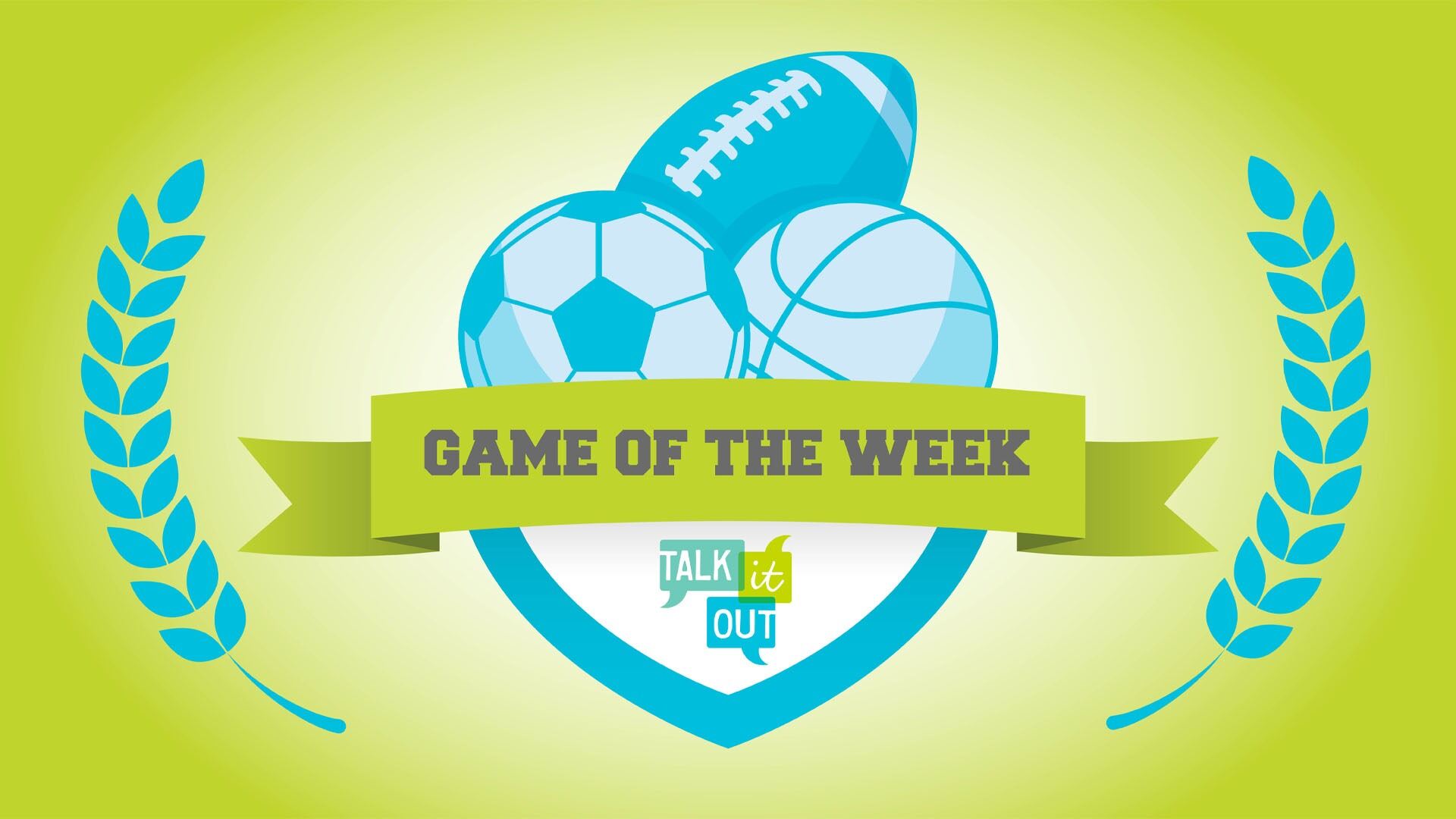Campaign fights underage drinking problem, one commercial at a time
By Sharieka Breeden, The Daily Reflector
A campaign geared toward raising awareness about the risks and dangers of underage drinking is addressing a problem that North Carolina Alcoholic Beverage Control Commission Chairman Jim Gardner said results in the death of one person each week and costs the state more than $1 billion each year.
The “Talk It Out NC” campaign, which started in December 2014, was created to address and help combat the issue of underage drinking by encouraging parents and guardians to talk with their children early. Gardner on Monday talked about the campaign’s efforts during an editorial board meeting with The Daily Reflector.
Gardner said when he started working as the chairman of the ABC commission four years ago, North Carolina Gov. Pat McCrory asked him to tackle the problem of underage drinking.
The commission had done some work on the issue in the past but did not have the in-depth information needed to work on the problem, he said, so they hired a professional firm, Eckel and Vaughan, a strategic communication agency.
“The reason we picked them, they were young, they had children and they were living what we are talking about each and every single day,” Gardner said. “It was one of the better decisions we actually made.” Gardner said the firm advised that they needed to get a feel for how extensive the problem was in the state, so they surveyed 500 parents of middle and high schoolers and 300 students in the middle and high school.
“We heard this problem starts at a very young age at that time,” Gardner said. “We didn’t know how young. Out of these, we established certain things. One, drinking starts at a much younger age than any of us realized, 13 years old, which was staggering to me. I had a grandson at that time who was 13.”
Gardner said they learned that 13 years old was the average age that people started to experiment with alcohol. Those who were interviewed revealed that they knew someone using alcohol and had seen it at a friend’s house or even at school.
Some saw friends drinking in school restrooms. Others saw friends taking water bottles full of vodka into school
Gardner said heard of one mother in Durham who went to pick up her child from school and was told he had passed out and was taken to the hospital. She rushed there and learned had alcohol poisoning.
“Kids are exposed to alcohol now at a much greater level than I ever dreamed,” Gardner said. “Why? Because it’s available everywhere. You can go in Walgreens and get beer and wine. You can go into any small store at the corner and get beer.”
Many children have fake IDs, Gardner said, or parents decide to illegally serve their underage children and their friends alcohol at parties and gatherings. At times, those decisions can result in consequences as serious as death.
“In Raleigh two years ago, a doctor was having a party for his 18-year-old son,” Gardner said. “His son and a friend go to an ABC store (with a) false ID and buy a fifth of alcohol and drink it. The doctor also served it at the party that night. The boy leaves that night going home, happened to be a highway patrolman’s son, (he) was killed in a one-vehicle wreck, intoxicated.”
Gardner said information gathered revealed that children are much more attune to and aware of the problem with underage drinking than their parents are.
“The parents were kind of ‘Yeah, maybe but not my child, somebody else’s child,’” Gardner said.
That reality is part of what drives and inspires the work of a five-member staff that creates television commercials and uses social media platforms to share information about the dangers of underage drinking while encouraging parents to talk to their children. The commission funds the campaign, which costs about $3 million a year, including the $2.6-million advertising costs.
“We had to get everybody’s attention,” Gardner said of the strong nature of the commercials. The first series of commercials focused on bringing attention to the issue.
A mother pulls a corsage out of a box and pins it on her daughter before the camera reveals the young girl is in a casket.
A teen boy checks his hair then heads to a party where everyone has a Solo cup in hand. He gets a text that a friend needs a ride. The next shot shows him lying in a hospital bed, hooked up to a ventilator and his mother crying at his side.
In another commercial, the camera pans across a room littered with cups and empty liquor and beer bottles then settles on the face of a young girl. Her eyes are open, and her breathing is audible. Then it isn’t.
Gardner said he has heard some feedback that the commercials are too harsh, so he reached out to people who have been directly affected by the issue. Steve Sciascia, mayor of Harrisburg, is one of those people.
Sciascia’s 19-year-old son was killed in a 2011 wreck in which he was a passenger. The teen’s friend was driving and had been drinking.
“I said, ‘Steve, look at the ad,’ and I said, ‘Is it too tough?’” Gardner said. “He said, ‘Let me tell you what too tough is, you get a call at 3 o’clock in the morning from somebody you don’t even know who says your son’s dead.’ He said, ‘That’s tough.’”
Gardner said he also has had feedback that the commercials are prompting parents to talk to their children — one of the goals of the campaign and the focus of a second series of commercials the team released.
“It’s really not a teacher’s responsibility or my responsibility, other than my grandchildren,” Gardner said. “It’s your responsibility to talk to your own child about it. Our second series of ads were really designed to sit down and talk to your children about it.”
Luther Snyder, director of NC Initiative to Reduce Underage Drinking, said Talk it Out aims to reach parents and youth any way it can to encourage that discussion, including Pandora and Facebook.
“We’re on the airwaves, we are trying to get on the phone, we are trying to get every way you can to spread the message, primarily to the parents to talk to your kids about underage drinking,” he said. “The conversation is going to be happening out there; if the parents are not in the conversation with the child, they are out of the game. They are just out of it.
“We want to arm them, especially with facts,” Snyder said. “Now we have good facts.”



